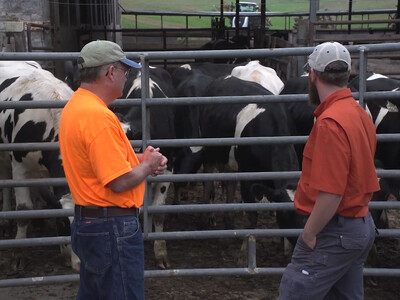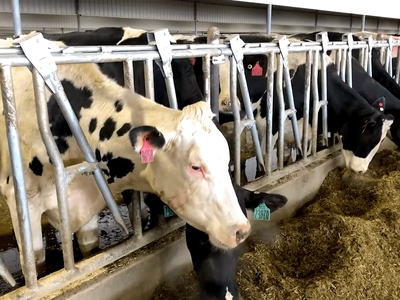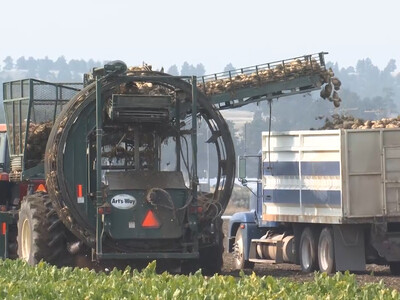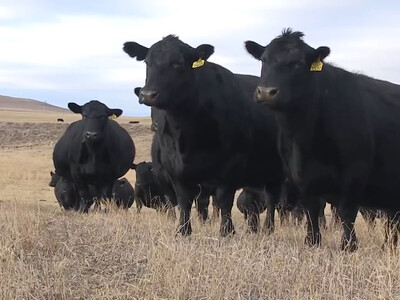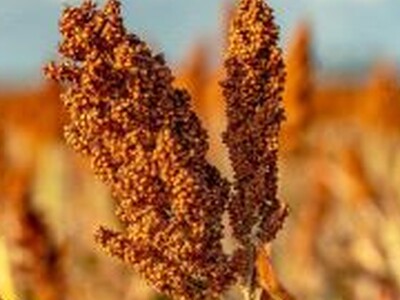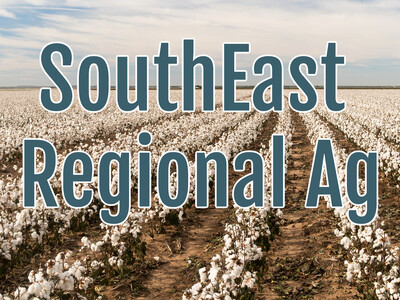Food Insecurity in U.S. Households Varies Across Race and Ethnicity
New data from USDA's Economic Research Service finds that food insecurity varies across races and ethnicities. Researchers say that from 2016 to 2021, 11.1 percent of U.S. households experienced food insecurity, meaning they had difficulty providing enough food for all their members because of a lack of resources. Over the same period, 4.3 percent of U.S. households experienced very low food security, a more severe form of food insecurity in which food intake is reduced and eating patterns are disrupted. Households headed by a reference person who identified as American Indian and Alaska Native, Multiracial—American Indian-White, Black, Multiracial—All Other Combinations, Multiracial—Black-White, Hispanic, and Hawaiian and Pacific Islander, had significantly higher rates of food insecurity than the all-household average. Prevalence of very low food security followed a similar pattern and was statistically significantly different from the all-household prevalence for most race and ethnicity categories.Source: USDA




